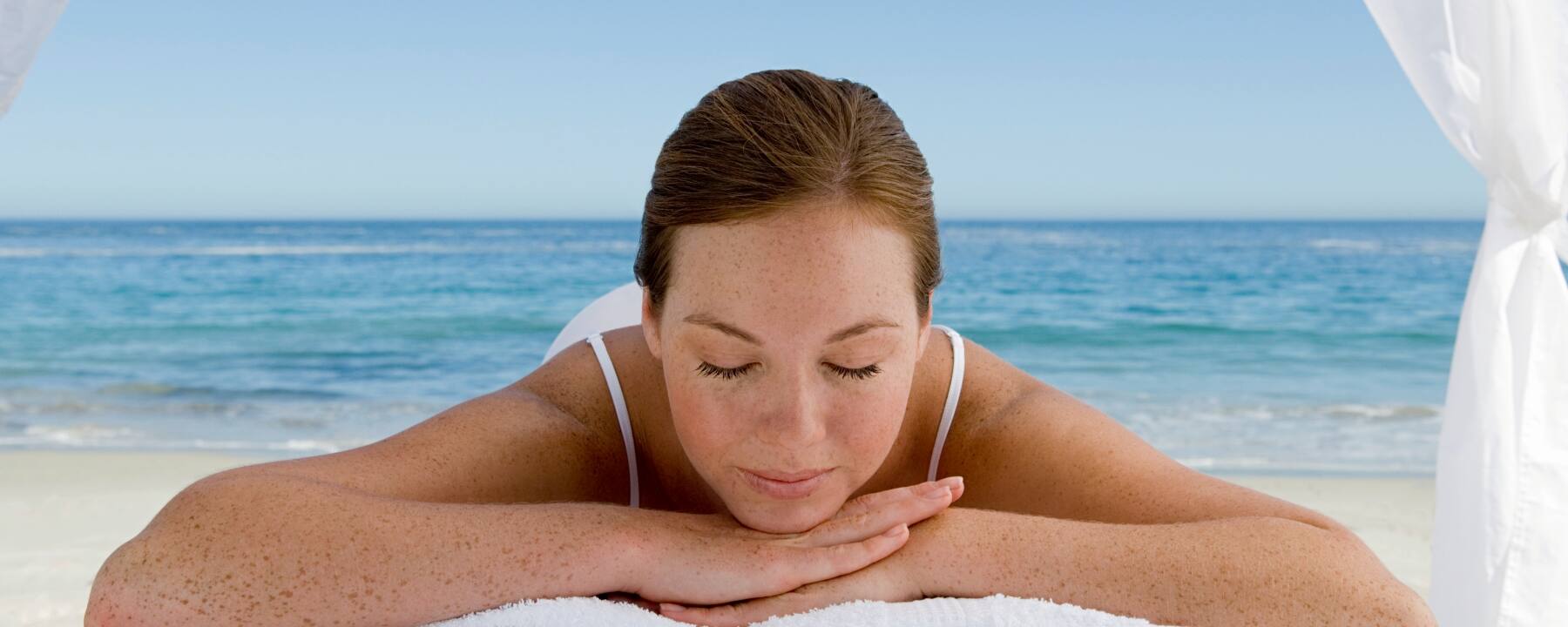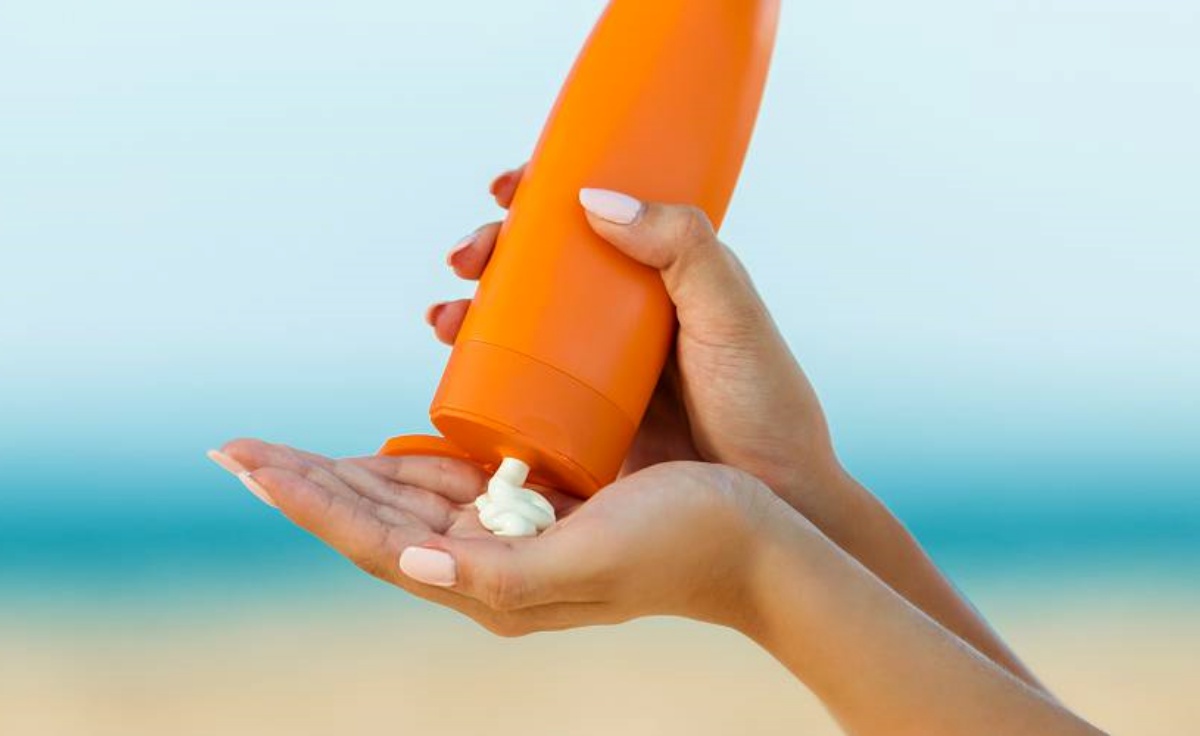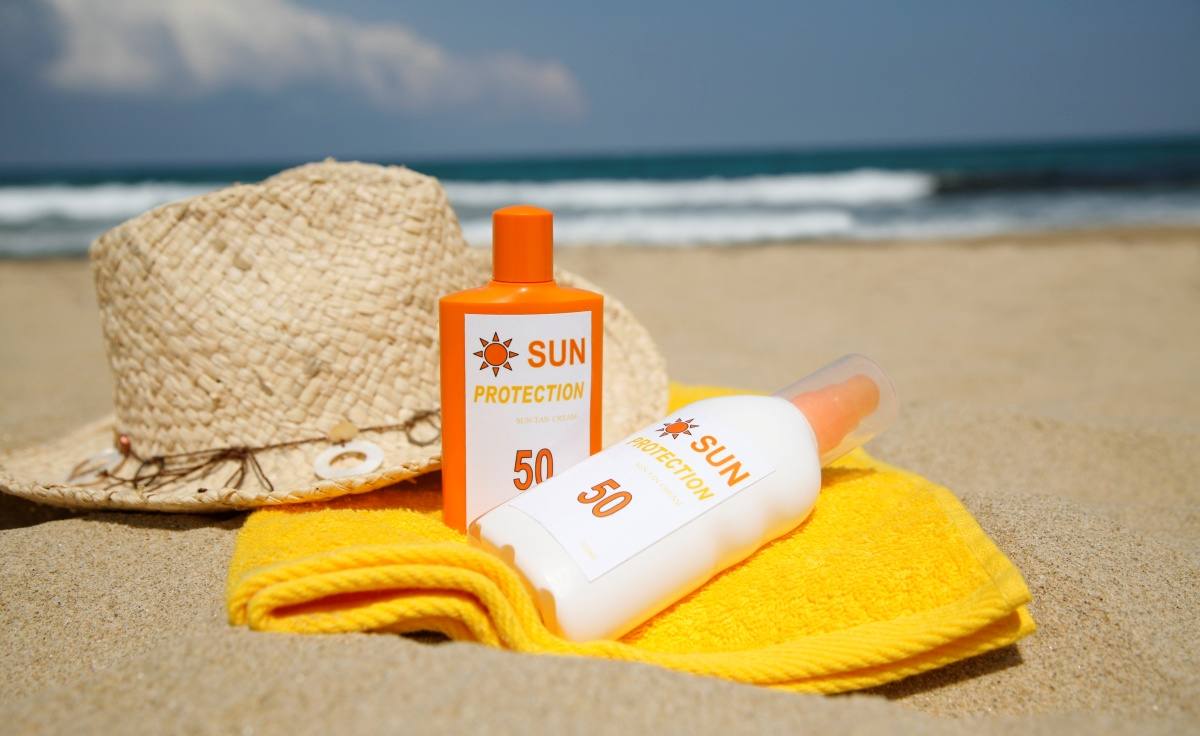
Sun protection
Does sunscreen work immediately?
There is plenty of information available on the topic of sunscreen these days. However, some information is slightly confusing, while some is unfortunately incorrect. Does sunscreen work immediately after application, or do I have to wait 20 to 30 minutes before I can go out in the sun?
Sun protection is important. The internet agrees. This development is good and healthy. Protecting ourselves against excessive UV radiation from the sun is essential in the fight against short-term and long-term skin damage.
When we talk about applying sunscreen correctly, we need to consider a) the amount of sunscreen and b) when to apply it. And although clichés are always easy to say, two of them apply here: “rather too much than too little” and “rather too early than too late.”
But does sunscreen work immediately after applying it, or do I have to wait 20 to 30 minutes before I can go out in the sun? As there can be some misunderstanding regarding this matter, we asked our Competence Center for Sun Protection in Grenzach when sunscreen starts to provide its advertised protection. Understanding the different types of UV filters plays a major role here.
Myriam, sometimes we’re told to wait 20 to 30 minutes after applying sunscreen before going out in the sun. On the other hand, we often read that there are sunscreens that offer the necessary protection right away. It’s a little confusing.
Myriam: Let me start right away by saying: as soon as you apply sunscreen, you have direct protection against UV radiation. More than your skin’s natural protection. It certainly doesn’t make any sense to first apply sunscreen when you’re already lying on the beach, for example. You will be unprotected for a while before you arrive at the beach; you will have to rely on your skin’s natural protection and will use this up, so to speak. Even if you want to swim, you should apply sunscreen beforehand. This is simply so that the sunscreen can absorb and dry and is not rinsed off right away by the water. Otherwise, you would be swimming “naked”, so to speak. (smiles)
That’s a good tip for planning a day at the beach. But what do the different times mean then?
Myriam: The differences in the various reports relate to the different UV filter types used. Unfortunately, there is still often talk of chemical and physical/mineral filters, and this means that conclusions are drawn about the way the UV filters work that are not entirely correct. In this context, I would like to refer you to our article on UV filter types, which gives our view on the correct designations, specifically organic and inorganic UV filters.
What kinds of conclusions are drawn?
Myriam: Some say that sunscreens with inorganic filters provide immediate protection, as they provide physical protection, i.e. they only scatter and reflect UV radiation. The idea here is that their particles lie on the skin like small mirrors and thus provide immediate protection. By contrast, organic filters are described as needing time to soak in because they only use absorption. However, this is the first misunderstanding. Quite simply, both inorganic and organic UV filters use absorption as their primary protection mechanism against UV radiation.
Then we should perhaps clear up the facts again here, shouldn’t we?
Myriam: Gladly, because these are important for our general level of understanding.
Types of UV filters
- Both types of UV filters (organic AND inorganic) primarily absorb UV light.
- The particulate filters (inorganic and a few organic ones) protect not only by absorption but also by scattering and reflecting UV light. Bear in mind that light scattering and reflection only account for about 10% of the protective effect, while 90% comes from absorption.
- UV protection is directly present in both types of filters.
There is one factor that can have a direct impact on immediate protection...
Myriam: Correct. The formulation may slightly affect immediate protection or the time it takes for the sunscreen product to build up the film on the skin and become stable. However, this is not due to the UV filters used, but the other ingredients in the formulation. Also, whether the sunscreen is an O/W or W/O formulation, or whether it is an oilier spray, can influence this time.
I think I’d rather wait a few minutes before going out in the sun, that’s best, isn’t it?
Myriam: Applying sunscreen and allowing it to soak in before going out in the sun is certainly not a bad idea. However, if we consider that sunscreen dries in just a few minutes and that 80% of the water present evaporates when it is applied, we don’t need to wait 20 or 30 minutes before we can enjoy the sun. (With a wink) To get the protection you expect, remember the golf ball and apply the sunscreen evenly to all exposed areas of your body.
Myriam, thank you for your insights. We look forward to our next interview already.
Myriam: As always, you’re very welcome.
This might be of interest to you
How do I know it is a good UV filter?
Not every UV filter is the same. When a UV filter has really good protection, it must be especially effective in both the UVA and UVB range.
More informationHow much sunscreen do I need to apply?
What has a golf ball to do with sun protection? Take a look at this little clip of our expert Myriam (Global Technical Center Sun Care).
More informationWhat exactly are SPF, LPF and so on?
The majority of consumers pay most attention to the sun protection factor. However: A high SPF alone does not mean a sunscreen is good.
More information



